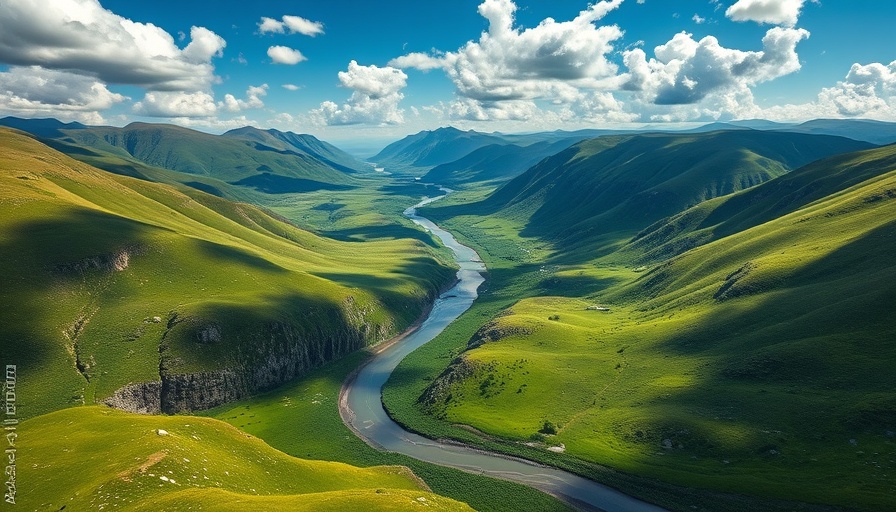
Protecting America's Natural Heritage: Why It Matters
In today’s rapidly changing world, the fight for America's public lands has taken center stage. For homeowners in the MidSouth, who often find solace in nature's beauty, the significance of the Land and Water Conservation Fund (LWCF) cannot be overstated. Established to safeguard public lands, the LWCF ensures that places we love—parks, forests, and recreational areas—remain accessible for future generations. However, proposal shifts threaten this crucial funding, which could have long-term consequences for our environment and our wellness.
A Connection to Health: Parks and Community Well-being
Access to green spaces is not just about recreation; it's intertwined with our health and wellness. Studies show that communities with ample parks and nature access experience lower stress and improved mental health. For MidSouth homeowners, the potential loss of LWCF funding could mean fewer parks to enjoy, diminishing opportunities for exercise, social connection, and family outings.
Historical Context: The Role of the LWCF
The LWCF has been a lifeline for America’s public lands since its inception in 1965. Funded by offshore oil and gas revenues, it redistributes this money back into local communities to enhance parks and preserve nature. This history of funding holds lessons of resilience and community investment. However, ongoing discussions about redirecting these funds bring a sense of urgency as they threaten to undermine decades of progress in conservation.
What Happens If Funding is Cut? Risks and Consequences
Every federal dollar redirected from the LWCF could lead to irreversible damage. Communities may find beloved parks undeveloped, wildlife habitats compromised, and recreational opportunities diminished. Homeowners in regions rich with natural resources could see property values suffer as public amenities decline. Ultimately, the well-being of families in the MidSouth could degrade if we lose these spaces where we unwind and connect with nature.
The Future of Public Lands: Predictions and Opportunities
Looking ahead, it’s crucial to consider how we can advocate for the reinstatement and protection of resources like the LWCF. By engaging in community dialogue and supporting local conservation efforts, homeowners can play a pivotal role in shaping future policies. This isn’t just about preserving land; it is about nurturing a community that prioritizes health, well-being, and sustainable living.
A Call to Action: Get Involved in Conservation
As concerned citizens and homeowners, making our voices heard is vital during this crucial juncture. Taking steps to educate ourselves and our communities about the importance of the LWCF is critical. Join local conservation groups, attend community meetings, and advocate for maintaining funding for public lands. Your actions today can safeguard the natural landscapes that enrich our lives.
Finding Balance between Development and Preservation
It’s important to remember that not all development is harmful, but it should never come at the expense of our parks and public lands. The key lies in finding a balance that allows for growth while protecting the natural spaces we cherish. Engaging in discussions around sustainable development can empower homeowners to shape a future where both community and environment flourish.
As we look towards the future, let us commit to nurturing our natural environment, recognizing its integral role in our overall well-being. Together, we can strive for a sustainable future that benefits all, ensuring public lands remain a legacy for generations to come.
 Add Row
Add Row  Add
Add 



Write A Comment